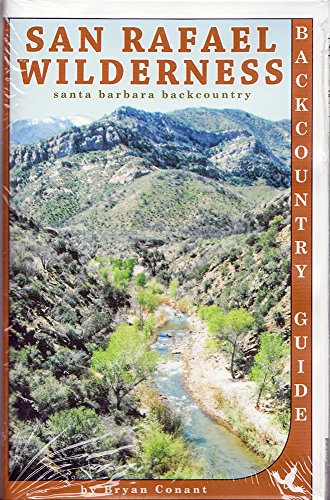CaptCaper
Member
Paradox said:I checked that out, Thank you. Wandering seems to be a frequent complaint. I just set my 60CSx on the ground in my backyard for 10 minutes. The reading wandered NE in a straight line about 50 feet horizontally in the first minute and the altitude dropped 20 feet. Over the next 9 minutes it did not wander horizontally from that location by more than 10 feet. Altitude dropped another 25 feet. Maybe I just got a good unit, kind of like not getting a car made on a Monday.
I had heard of the WAAS problem before I bought the unit and have never enabled it. The only time I have ever enabled the WAAS was on my eTrex Vista when on a trip Annapolis to Marblehead. WAAS worked great for out on the Atlantic. At the dock, I could follow the pointer fore and aft on the 42' boat we were on. Pretty cool, but to rely on technology for that type of repeatable accuracy, might get you into trouble. For hiking it seems like overkill. In geocaching you are also depending on the accuracy of the unit that placed the cache in addition to your own unit so it seems like it is not useful there either.
I am having alot of fun with this unit, due in part because I can hang it from my belt and it always gets a signal.
I have an 60cs and as with the other gps's also I've owned I leave the WAAS on all the time. The WAAS signal corrections carry for a while so if one loses it it will still give good accuracy. Remember not only positional but data,Speed,altitude,etc. are all better with WAAS.
I've had situations where I loaded a track from a hike during good weather again when I went back with so much fresh snow from a bizzard I couldn't tell the trail from anything else around. The accurate track recorded with WAAS on put me right down the trail safely and kept me on it as it wandered around along the side and in and out of the trees. I would have struggled to find the trail with out a good track.
I believe they might (Garmin) have fixed the wandering with the last software and unit updates. I always leave mine running all day as it get's better accuracy after running for an hour or so with good signals.
So I don't think it's over kill, for me anyway and the way I use it. 10ft. here or there makes a difference sometimes. I'll keep my WAAS thank you.







































![Yellowstone National Park [Map Pack Bundle] (National Geographic Trails Illustrated Map)](https://m.media-amazon.com/images/I/51kGuJ72qjL._SL500_.jpg)
![Grand Teton Day Hikes and National Park Map [Map Pack Bundle] (National Geographic Trails Illustrated Map)](https://m.media-amazon.com/images/I/41DB0jvRnbL._SL500_.jpg)



















